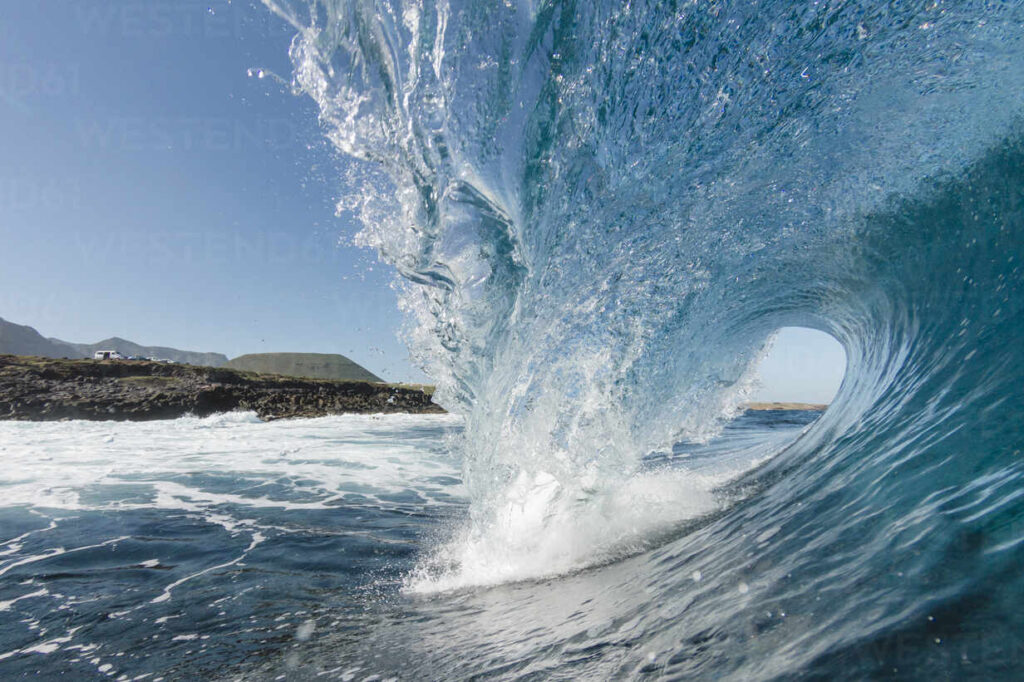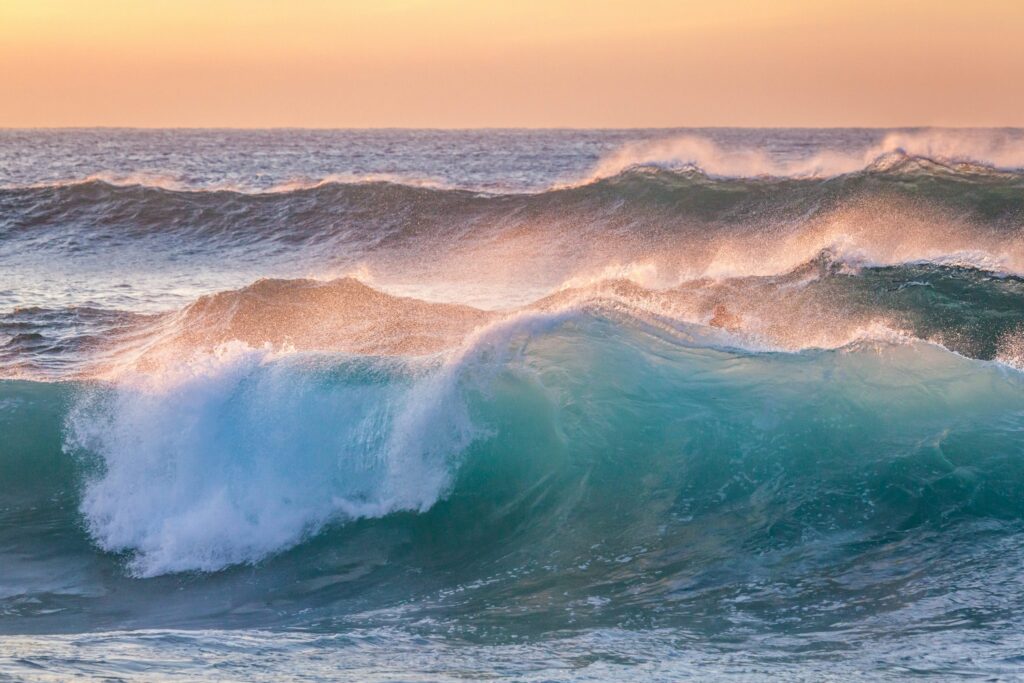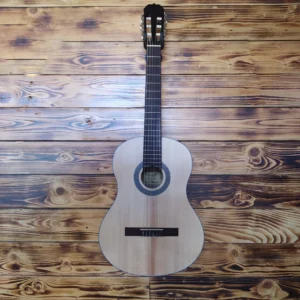
Ocean waves are a natural phenomenon often seen at the beach. But have you ever wondered how waves in the ocean are formed? This article will explain in detail the causes of ocean waves, types of waves, and the factors that influence them.
What Are Ocean Waves?
Waves are the up-and-down movement of sea water formed by energy traveling through the water. Although the water appears to move forward, it is actually the energy that moves, not the water mass itself.
ALSO SEE : 10 Interesting Facts About Rain You Probably Didn’t Know
Causes of Waves in the Ocean
1. Wind
The main cause of ocean waves is wind. When the wind blows across the ocean surface, friction occurs between the air and water. This friction creates small ripples that grow into waves.
The stronger and longer the wind blows, the bigger the waves that are formed.
2. Undersea Earthquakes
Earthquakes beneath the sea can cause shifts in the ocean floor, generating large waves known as tsunamis.
3. Volcanic Eruptions Under the Sea
Volcanic eruptions can push large volumes of water, forming big waves as a result.
4. Tides and Ocean Currents
The movement of water due to the gravitational pull of the moon and the sun can also generate waves or currents that cause wave activity.

Factors That Influence Wave Size
Several factors determine the height and strength of ocean waves, including:
- Wind speed
- Wind duration
- Fetch (the distance over water that the wind blows without interruption)
- Ocean depth
- Shape of the shoreline or coast
Types of Ocean Waves
- Wind Waves
Formed by regular wind activity over the ocean surface. - Tidal Waves
Caused by the gravitational forces of the moon and sun. - Tsunamis
Result from geological events such as earthquakes or volcanic eruptions beneath the sea.
ALSO SEE : The Disappearing Rivers of Slovenia’s Karst Landscape: A Natural Wonder
Ocean waves are primarily formed due to wind blowing across the water’s surface. However, geological factors such as earthquakes and undersea volcanic eruptions can also cause large waves, like tsunamis. Understanding this process is important, especially for those interested in marine science or coastal tourism.





